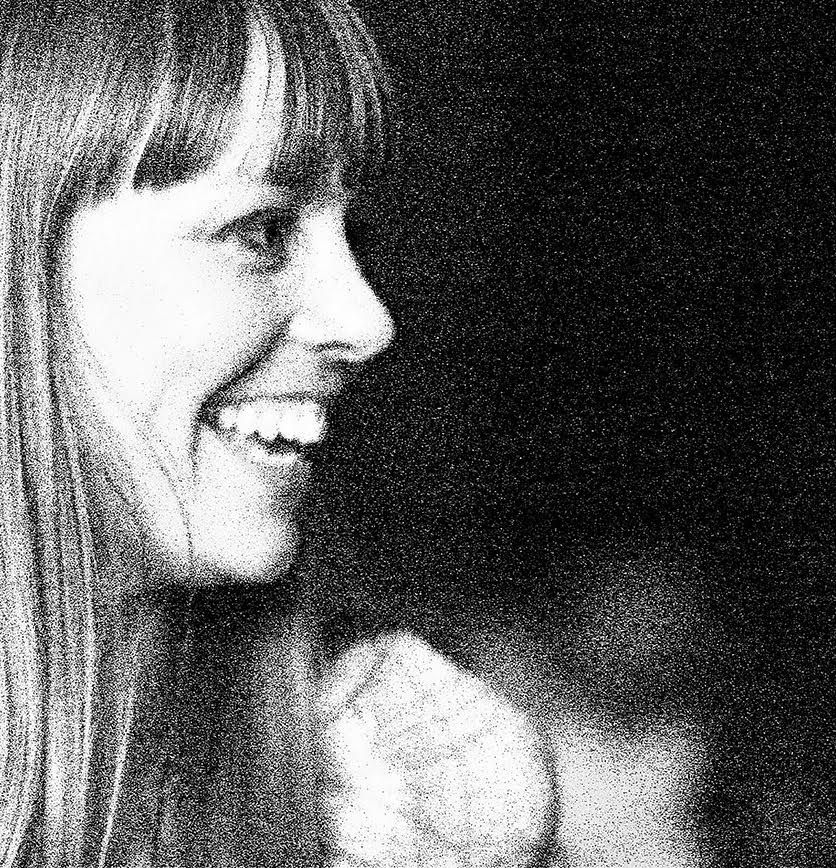The good news is that everyone can draw. Far from being a rare gift, only possessed by the 'artists' among us - drawing can be as natural and instinctive to us as breathing. When practised mindfully, drawing has the power to effortlessly lead us into a deeper relationship with ourselves and the world around us; turning drawing into play, into a dance of movement, an act of seeing deeply and connecting profoundly with life. It is a deeply integrating activity, and in a multiplicity of ways can have an enormous impact on our sense of wellbeing.
Going crazy with boredom, frustration and depression one day, I grabbed a pad and a biro and started drawing.
I came to understand the powerful, transformative effect drawing can have as a teenager. Faced with a period of sudden, chronic illness, I rediscovered the magic of paper and pen that I'd known as a child. Going crazy with boredom, frustration and depression one day, I stuck my bare foot out, grabbed a pad and a biro and started drawing it. Toes, ball, instep, arch and ankle gradually took shape on the page. And whilst my hand sketched, I forgot my worries and became completely absorbed in the creative activity before me. I continued to draw in the months that followed, and once I recovered, I never put the pens and pencils away. That moment in bed, as I drew my own foot, was the moment, though I didn't know it at the time, that drawing became significant for me. What I discovered as a teenager, and what I find every time I come to a blank page, is that drawing has a profound affect on my sense of wellbeing and on my state of mind - and it is this transformative, mindful aspect of drawing that I value so much and which as a teacher I'm compelled to share.
As Vincent Van Gogh once said, "I sometimes think there is nothing so delightful as drawing." A statement which perhaps indicates not just the artist's love of creating, but perhaps also the calming, integrating qualities drawing can bring to even the most troubled and unquiet minds.
Luckily we don't have to be a Van Gogh, a Rembrandt or a Da Vinci to draw. We can all enjoy and benefit from this simple creative act. So why don't you try this simple drawing exercise? I suggest you try it for five to ten minutes to start with.
- Get a piece of A4 paper and a pencil - or a pen, sit comfortably, holding your pencil as you would normally, keep the tip resting on the page and close your eyes. Take a few moments to focus on the feeling of your pencil between your fingers. This is something we do almost every day, we write, we scribble notes, we sign our name - but very rarely do we pay attention to how it actually feels to hold a pen in our hands.
- See if you can notice the different places the pencil presses against your skin. Is it resting on a knuckle or on the soft pads of the fingers? Is the surface rough or smooth? How does it feel? Experiment with how you hold the pencil. Are you holding it tightly or with a loose and relaxed grip? Can you loosen or tighten your hold so that it feels poised and yet still relaxed?
- Start to make some simple shapes on the page - all the time keeping your eyes closed. Make the shapes that feel good to make - they might be continuous circles or spirals, zig-zags, straight lines, wavy lines, geometric type shapes, anything at all, just one or a combination of all. Keep your eyes closed and resist the urge to peek. Don't try to draw anything in particular, you're not drawing either from life or from your imagination here, you're just doodling, just making marks, just making marks that feel instinctive and enjoyable to make.
- When you feel yourself getting a little tired or bored of one shape, change your focus and draw another shape. Keep coming back to the sensation of your hand drawing, brushing against the paper, holding the pencil. Keep drawing - keep doodling just what feels good, the shapes you feel you instinctively want to.

